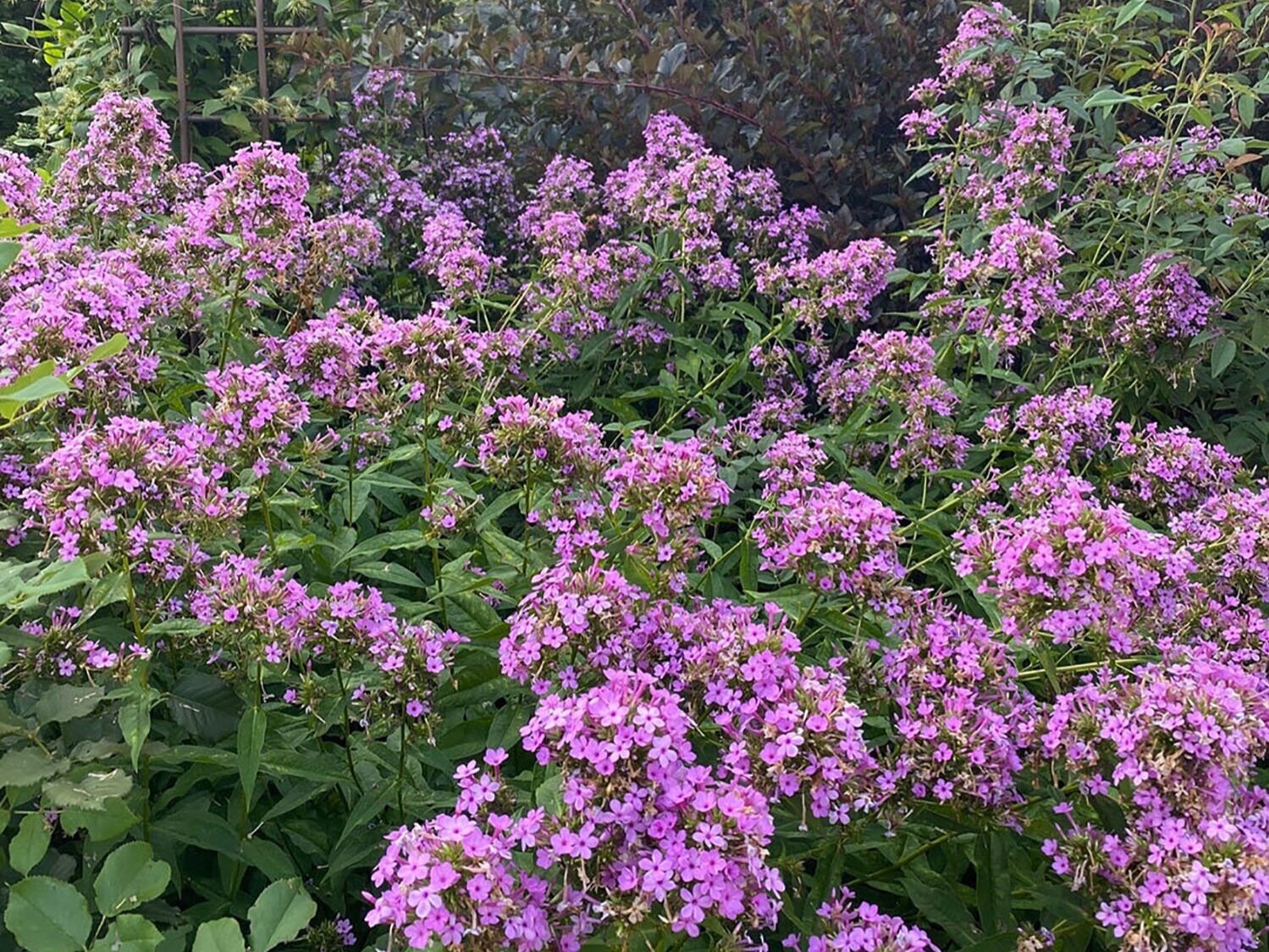Clean Air Regulation Should Focus On Children
Blacks and other people of color are far more likely than white U.S. residents to live in neighborhoods where harmful small-particle pollution is being emitted from bus depots, petrochemical plants, refineries, garbage dumps, incinerators, and nearby highways—so says a study on the disproportionate amount of small-particle pollution affecting communities of color, published earlier this year in Science Advances. Many refer to this disproportionate impact as environmental racism. Chester’s Zulene Mayfield is one of the nation’s leading environmental justice activists. For more than 30 years, Zulene has championed the majority-black city of Chester, Pennsylvania, letting people know that it is a ground-zero location for environmental racism.
Zulene often cites the health and wellbeing of children as a factor that drives her passion, but since her audience is typically made up of adults, her interviews and talks tend to center on the impact that polluted communities have on adult health outcomes, the depressive effects pollution has on local economies, and the inadequacy of government regulations to address these problems. She does a great job drawing attention to the companies that contribute most to polluting Chester, particularly the Covanta plant that burns almost all the trash we Delco residents put out each week.
Recently, I’ve been learning about the impact that environmental racism has on children, by reading Harriet A. Washington’s 2019 book, A Terrible Thing to Waste. I expect that Zulene and Harriet Washington would really hit it off.
In September 2019, I wrote a blog post, based on information in an article published in the Delaware County Daily Times, on a marijuana dispensary being built in Chester. Near the end of that article, the writer mentioned that 8,000 tons of lead-laced soil had had to be removed from a one-block-square area before construction could be started on the dispensary. That got me thinking: if there’s that much leaded soil in a one-block area, how much more lead must be blowing around the city in the form of dust particles?
Washington’s book goes into detail about how pollution affects children. It turns out that EPA regulations have long based most of their pollution limits on how much pollution an average adult can potentially tolerate without great harm. But, as Washington’s book explains, children have a much lower tolerance for pollution than adults: they are much more vulnerable to being sickened by environmental poisons, due to the distinctly different manner in which children’s bodies metabolize chemicals—and inhaling, ingesting, or absorbing toxic substances can also impair their brain development
A young child’s developing brain can be damaged by a very small exposure to industrial chemicals, in an amount that would not harm an adult or even an older child. One reason for this is that their lung-surface area is greater, relative to their body size, which means that they suffer a proportionately higher exposure to noxious gases and suspended particles than adults. This is not surprising: after all, for similar reasons, we restrict children’s exposure to other toxins, such as those contained in alcohol and cigarettes. Here are some relevant data points to consider:
A child younger than six months old drinks seven times more water per pound of body weight than the average U.S. adult.
Children between 1 and 5 years old eat 3 to 4 times more food per pound of body weight than the average adult.
Infants at rest breathe twice the volume of air, pound for pound, as resting adults do.
Children 2 years old and younger have twice as much body surface, relative to their body size, as an adult does. Absorption through the skin is the common route of many poisons. Therefore children’s vulnerability to certain toxins is greater than that of adults.
Children’s gastrointestinal systems are larger relative to their body size than those of adults; as a result, they absorb 500 times more lead per exposure than adults.
Washington notes that the young brain is exquisitely sensitive to chemical assault. If a child’s brain development is hobbled by poisons in early environment, he or she may never catch up.
Because children of color are more likely on average to live in low-income neighborhoods (which are also more likely on average to have higher levels of air pollution), those children are also more likely to be thrust into the proximity of such brain drainers, even before birth. Air pollution begins to attack fetal brains when they are at their most vulnerable. Even small insults during crucial developmental windows can translate into cognitive problems that persist for a lifetime.
In a city like Chester, where pregnant women are exposed to a variety of industrial pollutants, their fetuses are exposed to those same chemicals even before birth. Thus getting rid of the largest sources of contaminants is arguably even more important than legislation requiring enrollment in pre-kindergarten. Pollution affects pre-K children every day. If federal, state and local pollution standards are not further adjusted to better address the health and wellness of children, large numbers of those children will presumably continue to enter adulthood with cognitive, behavioral, and respiratory ills that may be irreversible. The long-term implications of this problem for communities like Chester are harrowing.
There are only two things I know that can change the pollution in a person’s environment: reducing the pollution, or relocating. When you live in poverty, relocation is usually a pipe dream. That’s why the work of environmental justice advocates like Zulene Mayfield is so important. The only feasible way to protect these children’s health and brain development is to reduce their exposure to pollution.
Stefan Roots blogs at Chester Matters.



